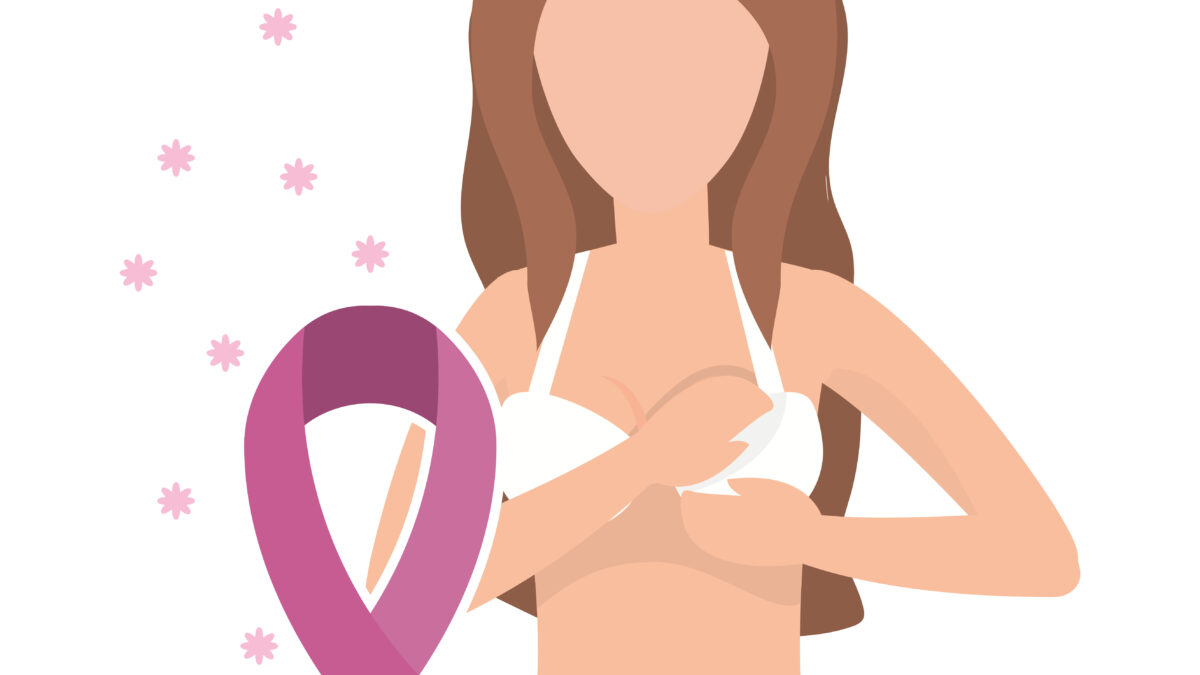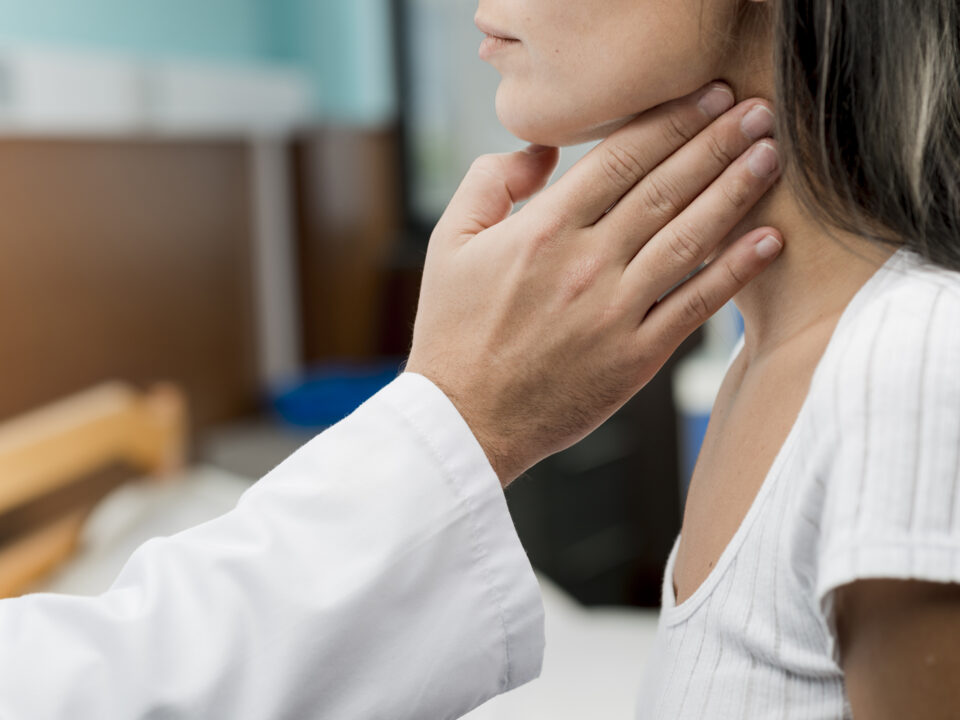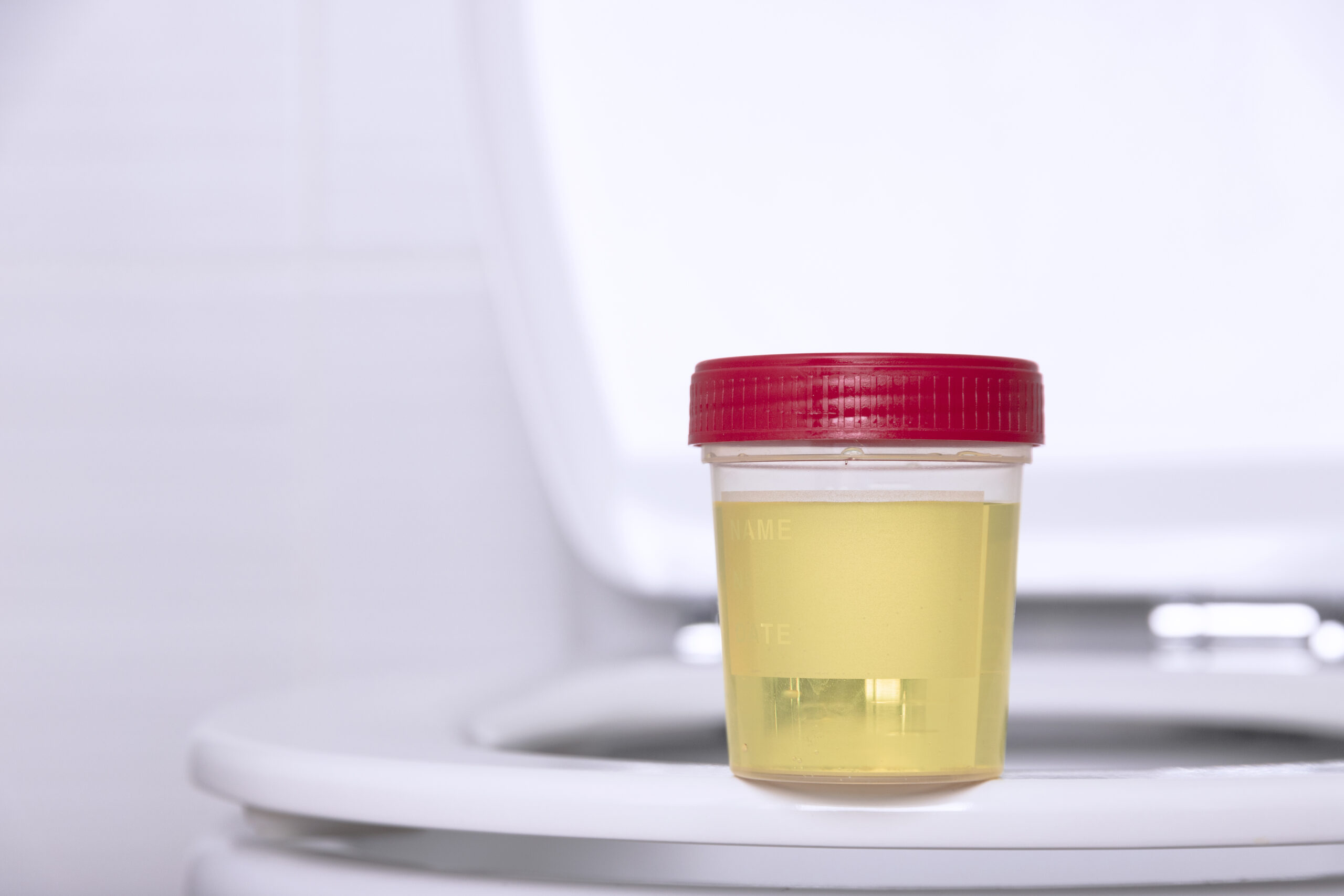- Immediate contact :
- +1-323-988-5889
- info@sonosif.com

Ultrasound Scanning for Hypothyroidism Diagnosis
April 8, 2022
Ultrasonography for Sclerosing Adenosis
April 21, 2022Fibroadenomas are solid, noncancerous breast lumps that occur most often in women between the ages of 15 and 35.
A fibroadenoma might feel firm, smooth, rubbery or hard and has a well-defined shape. Usually painless, it might feel like a marble in your breast, moving easily under your skin when examined. Fibroadenomas vary in size, and they can enlarge or shrink on their own.
The cause of fibroadenomas is unknown, but they might be related to reproductive hormones. Fibroadenomas occur more often during your reproductive years, can become bigger during pregnancy or with use of hormone therapy, and might shrink after menopause, when hormone levels decrease.
The following are the main characteristics that distinguish Fibroadenoma:
· Round with distinct, smooth borders
· Easily moved
· Firm or rubbery
· Painless
Fibroadenomas are among the most common non-cancerous (benign) breast lumps in young women. Treatment might include monitoring to detect changes in size or feel, a biopsy to evaluate the lump or surgery to remove it.
To determine the existence of fibroadenomas, a breast ultrasound can help your doctor determine whether a breast lump is solid or filled with fluid. A solid mass is more likely a fibroadenoma; a fluid-filled mass is more likely a cyst.
To be more specific, the characteristic sonographic appearance of a fibroadenoma is an ovoid smooth solid mass, narrower in its anteroposterior diameter than its transverse diameter, with even, low-level internal echoes.
The only problem is that a good, highly-accurate ultrasound machine ought to be used in this regard so that both patients’ and doctors can easily and clearly locate the place of these lumps.
In this regard, the high-resolution Convex and Linear Color Doppler wireless Double Head Ultrasound Scanner CLCD might be the best option.
This innovative wireless ultrasound scanner has two heads, thus, making it more practical and more affordable than buying two separate single-headed probes which can be both needed in mammography.
The convex side of the color doppler transducer is used for in-depth examinations of the internal parts of the body like these non-cancerous breast lumps and so it is convenient for examining fibroadenomas issue.
Interestingly, this portable ultrasound scanner is specifically designed for radiologists to produce colored breast images and transfer them into their and their patients’ phones or tablet screens so that both parts will be well aware of every detail related to their problem and be able to discuss the best treatment option in complete transparency.
Furthermore, the device is IOS and Android compatible. Small and light, easy to carry, and easy to operate. This should mean that radiologists are no longer bound to their cabinets to perform such tasks.
With all these advanced services combined, the Convex and Linear Color Doppler wireless Double Head Ultrasound Scanner CLCD should be radiologists’ and Fibroadenomas patients’ first choice since it is specifically designed to observe major internal organs such as the breast lumps in a highly accurate way.
To sum up, Fibroadenomas patients shouldn’t worry since they’re going to be provided with accurate scan imagery and safer and faster examinations. Herein we highly recommend the handheld ultrasound machine: CLCD for Fibroadenomas patients per specific.
Reference: Diagnosis and Treatment of Breast Fibroadenomas by Ultrasound-Guided Vacuum-Assisted Biopsy
Disclaimer: Although the information we provide is used by different doctors and medical staff to perform their procedures and clinical applications, the information contained in this article is for consideration only. SONOSIF is not responsible neither for the misuse of the device nor for the wrong or random generalizability of the device in all clinical applications or procedures mentioned in our articles. Users must have the proper training and skills to perform the procedure with each ultrasound scanner device.
The products mentioned in this article are only for sale to medical staff (doctors, nurses, certified practitioners, etc.) or to private users assisted by or under the supervision of a medical professional.





